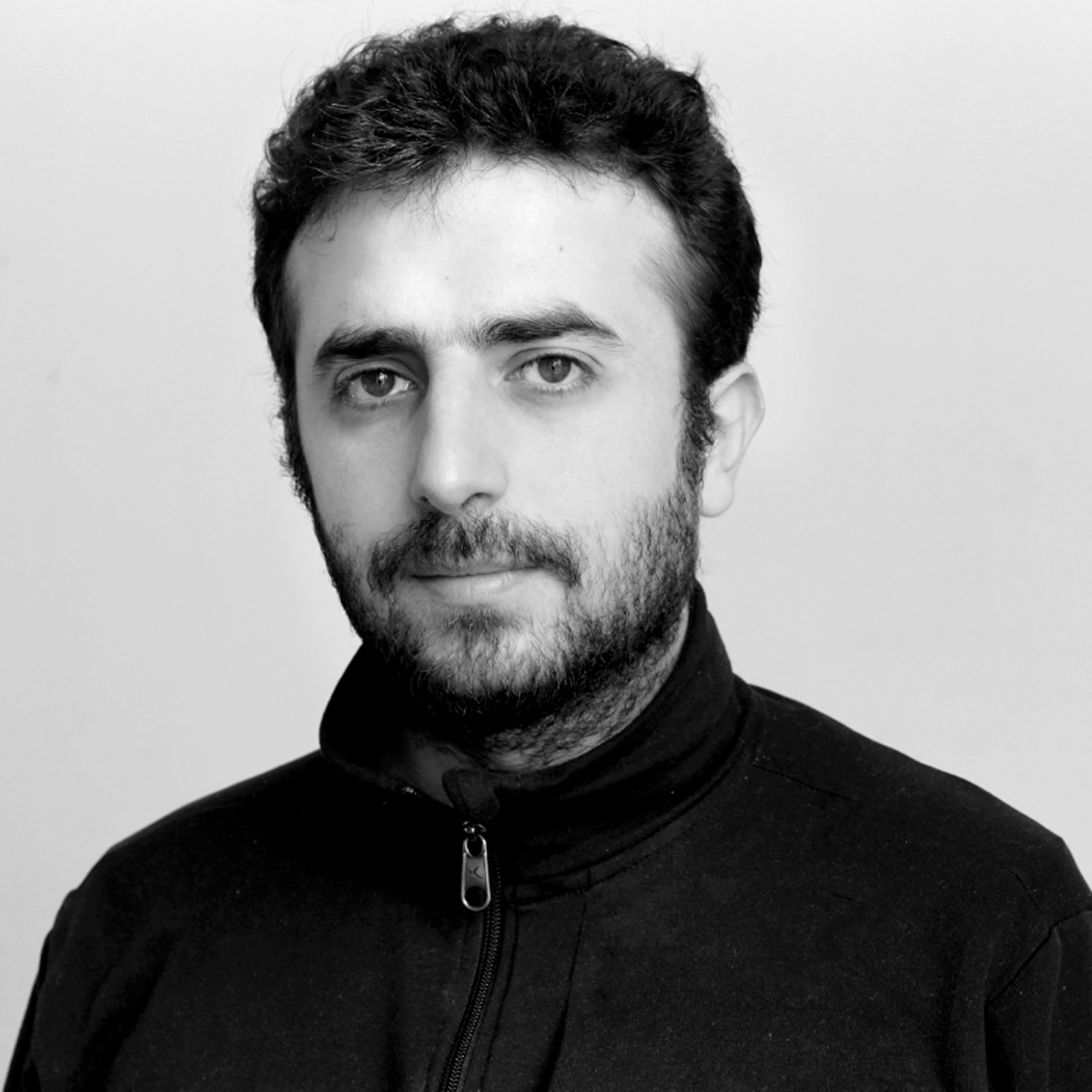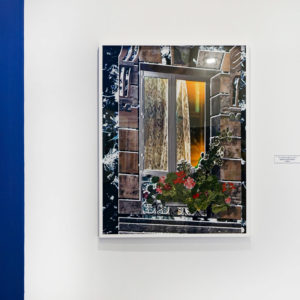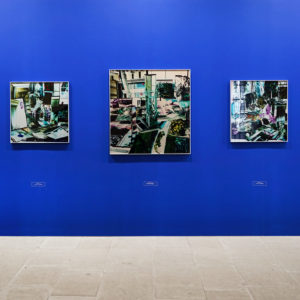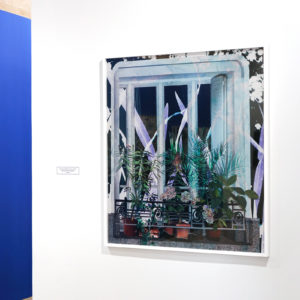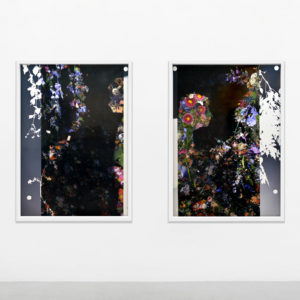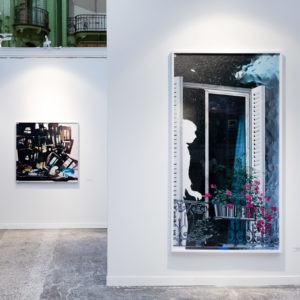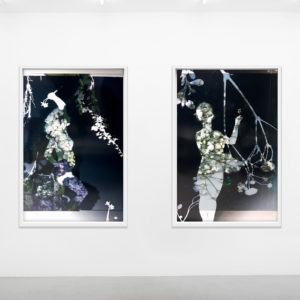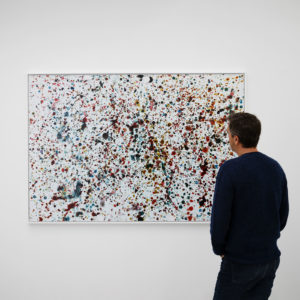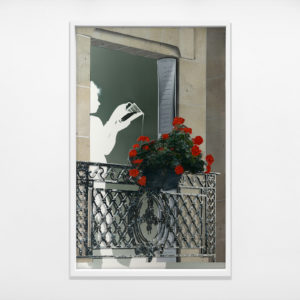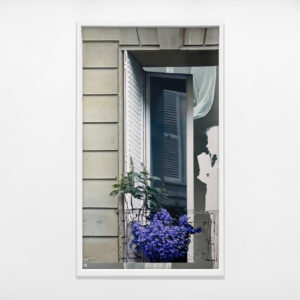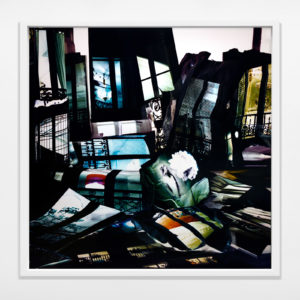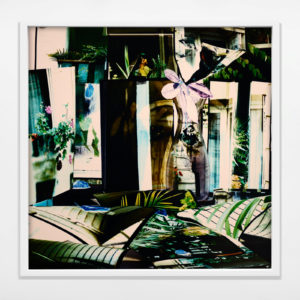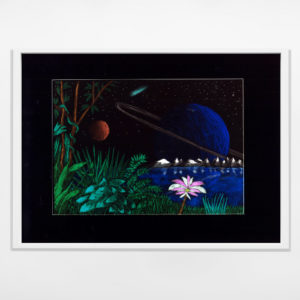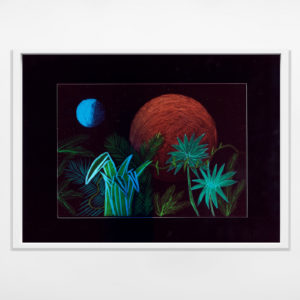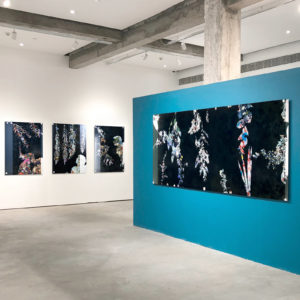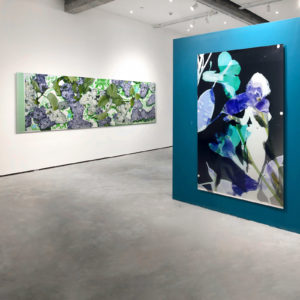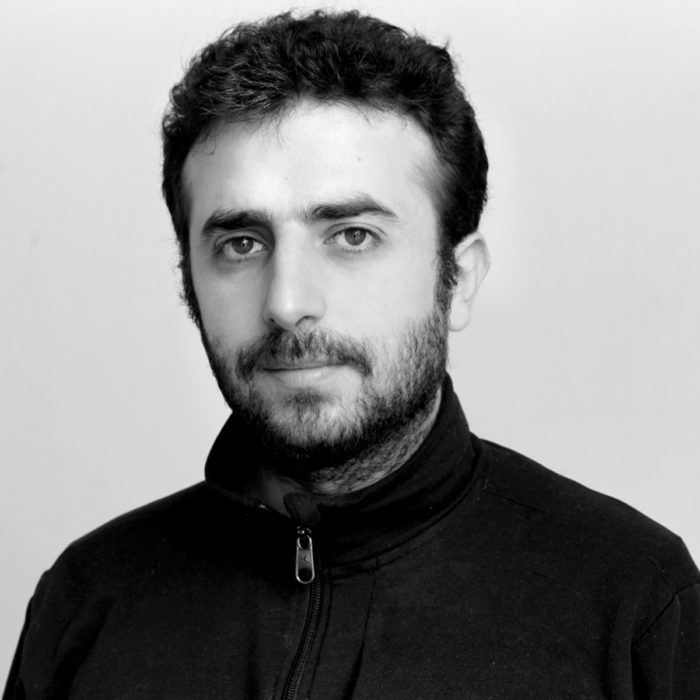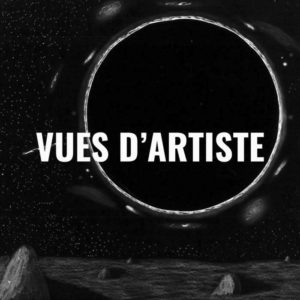Born in 1987 in Montpellier
Lives and works in Paris
EDUCATION
2015/2017 : FRESNOY
2012/2014 : ENSBA Paris
2011/2012 : ENSBA Lyon
2009/2011 : ENSA Dijon
SOLO EXHIBITIONS
2023
Verbatim, Galerie Binome, Paris, France
Mother’s Rooms, Studio Frank Horvat, Boulogne, France
2022
Vues d’artiste, PARIS-B, Paris
XXe siècle, Reuter Bausch Gallery, Luxembourg
2021
Sur le Motif, Festival Lieux-Mouvants, Lanrivain, France
A Room with a View, Tap Seac Gallery, Macao, China
2020
Parisian Drawings, Aéroport de Paris-Orly, Paris, France
2019
Ranelaph, in collaboration with GwinZegal, Festival Lieux mouvants – Hameau de
Saint-Antoine, Lanrivain, France
Les chemises de mon père, CACN Centre d’Art Contemporain de Nîmes, Nîmes, France
17ème, Galerie PARIS-B, Paris, France
2018
En ville, Cloître Saint-Trophime, Rencontres d’Arles, France
Dame de cœur, PB PROJECT Galerie PARIS-B, Paris, France
2017
There Should Have Been Roses, Lianzhou Museum of Photography, Lianzhou, Chine
2016
Les discrètes, 71B, Paris, France
2015
Libraries, RVB Books, Paris, France
Tout se délitait en parties, Galerie du Crous, Paris, France
SELECTED GROUP EXHIBITIONS
2021
A fleur de monde – à propos du toucher, Centre Photographique Rouen Normandie
Plantagories, Cité Internationale des arts, Paris
A exposer en cas d’urgence, hidden place in Paris
Upside down, DOC!, Paris
Les intermittences du cœur, a four-handed collaboration with Fabrice Laroche, Galerie Binôme, Paris
2019
Nous qui désirons sans fin, Galerie Jeune Création, Komunuma, Romainville, France
Utopies, Le Studio Rouchon, Paris, France
Le facteur (temps) sonne toujours deux fois, Delta Studio, Roubaix, France
Translation et rotation, Art-O-Rama, Marseille, France
2018
63ème Salon de Montrouge, Le Beffroi, Montrouge
Dos au mur, 18 rue Larrey, Paris
Mutations, Gujral Foundation, Delhi, Inde
2017
Rêvez !, Collection Lambert, Avignon
Zadigacité, en duo avec Morgane Tschiember, Delta Studio, Roubaix
Surfaces sans cible, 22 Visconti, Paris
L’eau de vos yeux, douze architectures géniales, 11bis Elzévir, Paris
Roman (Panorama 19), Le Fresnoy, Tourcoing
Emulsions, Arnaud Deschin Galerie, Paris
Incarnations, Galerie Jean Collet, Vitry
Les yeux levés vers ces hauteurs qui semblaient vides, Le Cric, Nîmes
2016
Une inconnue d’avance, Villa Emerige, Paris
Ma samaritaine, Samaritaine, Paris
Panorama 18, Le Fresnoy, Tourcoing
L’échelle de la représentation, Immix Galerie, Paris
ICM, Icart, Paris
Art Up !, Grand Palais, Lille
2015
Supplices de l’instable, 24 rue Davoust, Pantin
Mulhouse 015, Biennale de Mulhouse, Mulhouse
Chers objets (2), Galerie Immanence, Paris
Chers objets (1), Refectoire des cordeliers, Paris
50 x 70, Espace Beaurepaire, Paris
Sélection du Prix HSBC pour la photographie, HSBC, Paris
Sélection du Prix Icart 2015, Espace Pierre Cardin, Paris
2014
Learning distances, 6b, Saint-Denis
Variation, Espace des Blancs-Manteaux, Paris
Cul, Espace Le Huit, Paris
2013
Hollywood Caillou, Galerie des Multiples, Paris
Projet Rue Gustave Goublier, Paris
5191, IESA, Paris
PUBLICATIONS
2020
CACHES, RRose Editions, Paris
2018
En ville, Editions du Trocadéro, Paris
2015
Scanners Frolics, Rrose Éditions, RVB Books, Paris
Libraries, RVB Books, Paris
AWARDS
2021
Laureate of the Picto/Lab, Picto Foundation award
2018
Laureate of the Moly-Sabata / Salon de Montrouge award
2017
Laureate of the BMW photography award 2017
RESIDENCIES
2021
Résidence Picto/Lab, Picto Foundation, Paris
2019/2020
Cité Internationale des Arts, Paris, France
2018
Moly-Sabata
2017
Flash France, Institut Culturel Français, New-Delhi, Inde
2016
Écritures de lumière, Musée Nicéphore Niépce, Chalon-sur-Saône
-
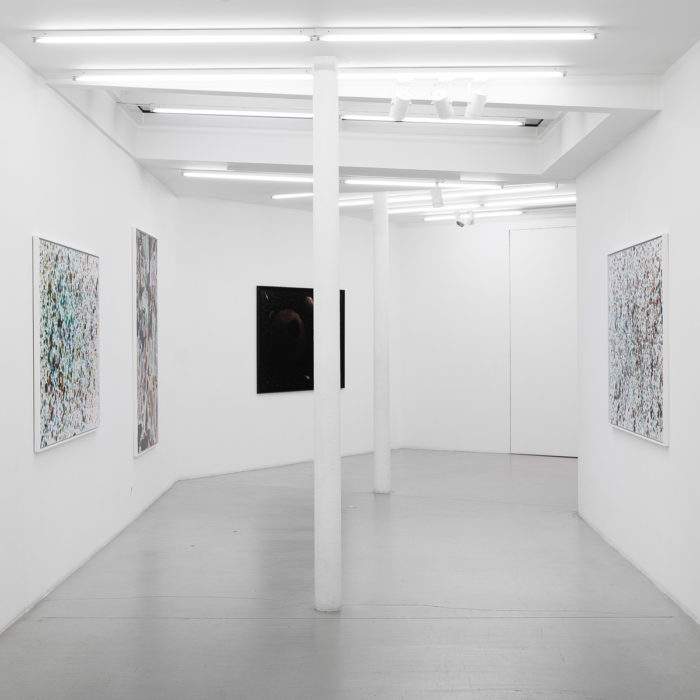
Baptiste Rabichon
VUES D’ARTISTE
11/05/2022 - 12/17/2022 -

Group Show
Une vie à l’Opéra
06/30/2022 - 07/30/2022 -
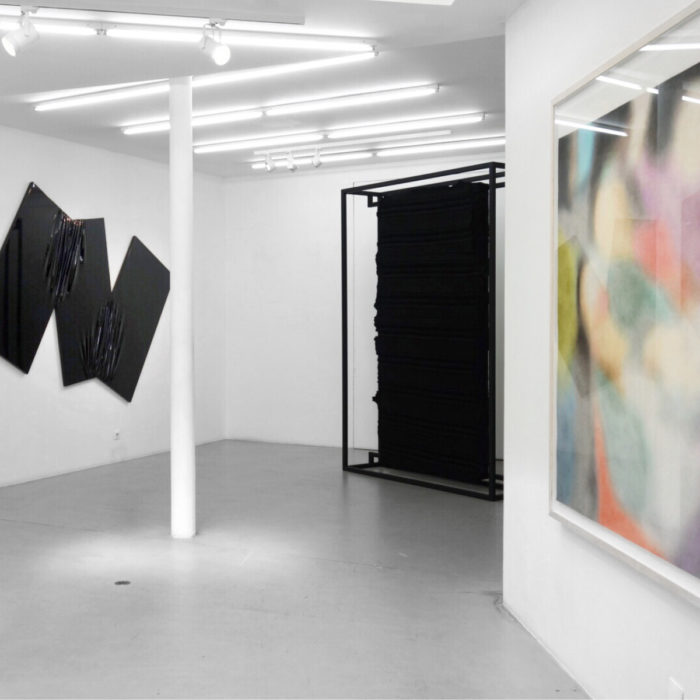
Group show
WHAT YOU’VE MISSED …
05/25/2020 - 07/25/2020 -
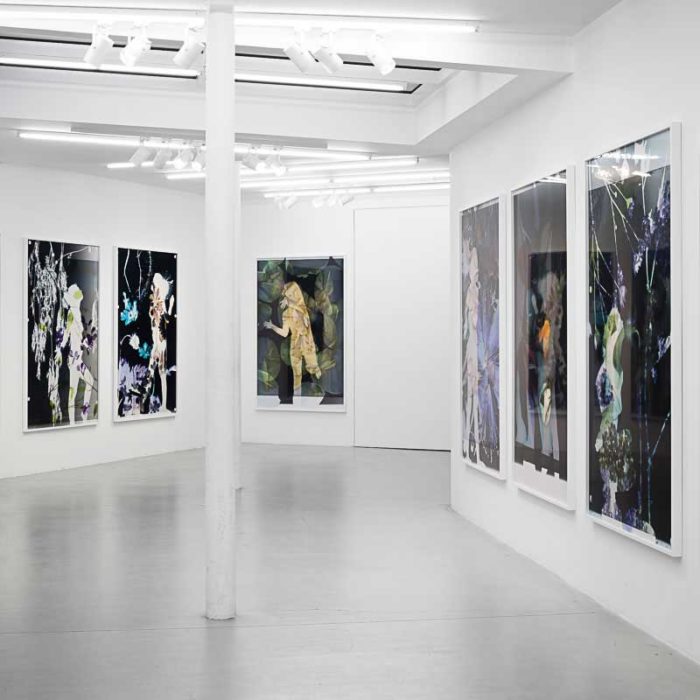
Baptiste Rabichon
A l’intérieur cet été
01/24/2019 - 03/09/2019 -
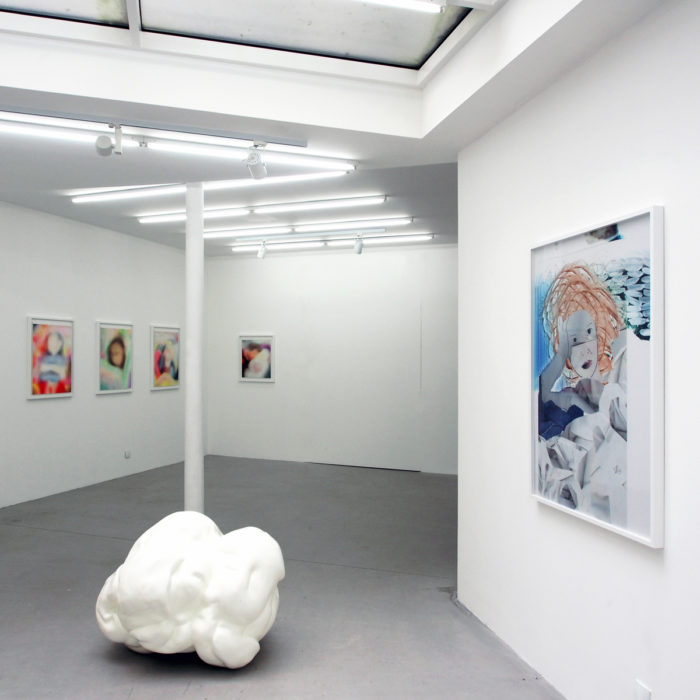
SUMMER GROUP SHOW
07/01/2018 - 07/28/2018 -
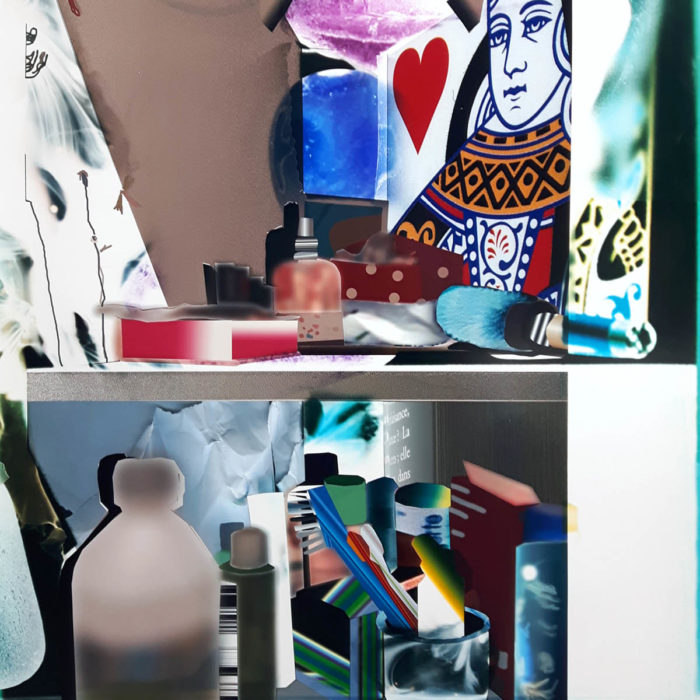
PB PROJECT : Baptiste Rabichon
QUEEN OF HEARTS
03/29/2018 - 05/12/2018
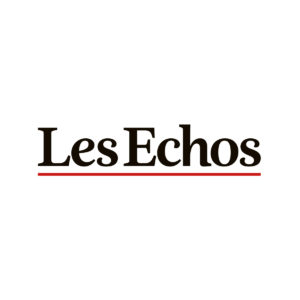
Paris Photo : la photographie dans son plus simple appareil – Michèle Warnet 
Baptiste Rabichon sacré 11e lauréat du Prix Camera Clara 2023 – Léa Boisset 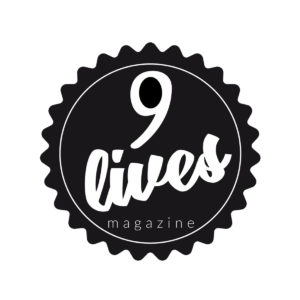
Baptiste Rabichon est le lauréat de la 11ème édition du Prix Camera Clara – Ericka Weidmann 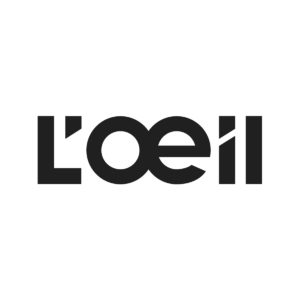
Baptiste Rabichon – Fabien Simode 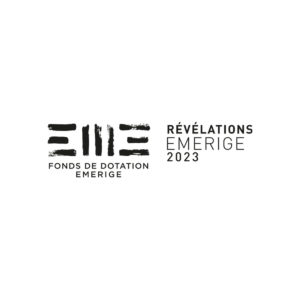
Baptiste Rabichon : Revelations Emerige – Marine Relinger 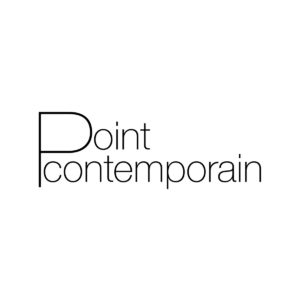
Le non dupe erre – Jean-Christophe Arcos 
Le facteur (temps) sonne toujours deux fois – Léo Marin 
Baptiste Rabichon, scanners conditionnés – Clémentine Mercier 
À l’intérieur cet été, exposition de Baptiste Rabichon – Pauline Lisowski 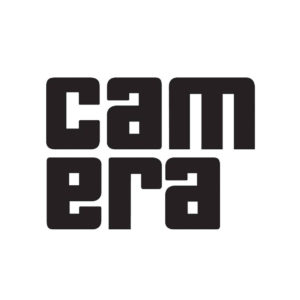
Entretien, “To see what it does” – Manon Klein 
Entretient, Baptiste Rabichon – Valérie Toubas et Daniel Guionnet 
Baptiste Rabichon, jeune pousse aux rayon X – Louise Vanoni
LE NON DUPE ERRE
Text from the presse release of the solo exhibition Les Chemises de mon père, at CACN, Centre d’art contemporain de Nîmes, 2019
– By Jean-Christophe Arcos
For the Centre d’art contemporains de Nîmes’ last exhibition in its current location, Baptiste Rabichon unveils one of his most intimate projects, one that draws as much inspi- ration from his own personal history as from the history of the city of Nîmes itself. After having exhibited his work in India and China, Arles, Paris, and Roubaix, the artist returns home to the city of his roots.
But this is not, strictly speaking, a work of remembrance: Les Chemises de mon père (My Father’s Shirts) doesn’t simply recall some distant past, a childhood memory or even a nostalgic reminiscence- On the contrary, temporalities collide and merge, levels of history are superimposed one on top of the other, mixed materials and techniques weave together images that are less like an unambiguous narrative than a fusion of motif, medium and intense reflection on their alliance.
Through his Chemises, Baptiste Rabichon makes visible just what is currently at stake in contemporary photography, as well as the traces of what he has borrowed fromthose who have come before him. By placing some of his subjects in close proximity to the photosensitive paper and casting their sha- dows, the artist recalls Sir John Herschel’s an- thotypes, or the cyanotype still lifes of Anna Atkins (Baptiste Rabichon often gravitates towards the oral and vegetal world, as in his series Ranelagh, Natures mortes aux silhouettes or, more recently, 17ème).
Rabichon’s use of chromogenic de- velopment, (the successive and combined oxidization of a developing agent and a coupled color pigment), demonstrates an advanced understanding of the chemistry used in analog photography, but also a syncretism between absolute control of the process and the urge to let go. Technical mastery and se- rendipitous reactions work together to form the final image.
Yet another layer is then added to this initial chemical collaboration, one that weaves the work together with the contemporary: the role of the machine.
The recurrent, but not exclusive, use of a digital scanner is seen by Baptiste Rabichon as a way to complete his vision: the digital eye discerns and restores that which the hu- man eye cannot see. Just as Antonioni’s Blow Up had predicted, nothing escapes it.
Either as a way to humanize it, to diminish it, or simply out of playfulness, the mechanical precision employed by Baptiste Rabichon is often altered, tinkered with, leeched, defor- med. Mutilated and pushed to its limits, this precision gives way to an intriguing array of unexpected results: Stains, glitches, and dif- fraction are markers of phenomena inherent to modern optics and which the artist allows to be assembled on the same plane, brining into question the act of seeing itself.
“A true medium condenses several surfaces” — this was already a credo of the Cubists, who were adamant about proving it. They wanted to show everything, including the hidden facets latter pursued by Louise Bourgeois in her Fabric Works, for example.
And yet folds in the image hint at drapes hidden from view; stains eclipse pieces of matter – It is as if a stain protects as much as it spoils: spreading out over the skin of a photograph, a stain gives us access the fore- ground, as well as allowing us to dive into the deeper layers and strata of the image. Different states of visibility overlap: the same textile is scanned, photogramed at a distance, projected… underscoring the complexity that any image constructs.
Imagination is no longer suf cient to make an image: Between vision and realization, a series of movements, of phenomena, of events unfold in a chronology of challenges and trial runs. The result is not a triumph over adversity, but rather a palimpsest marked by otherness: If it is as much an act carried out “against the machine” as Baptiste Rabichon claims, it seems to also be an act of resistance only within the bounds of a cooperative proximity.
This association of man and machine is no doubt cemented through our relationship to code: While the former hopes to main- tain an authentic connection to the real, dis- pensed from the relativity and subjectivity of language, the later is activated only by an objective and preprogramed logic. Between clash and articulation, Baptiste Rabichon and his photographic devices reclaim the funda- mental ambivalence between illumination and the occult.
Therefore, while these Chemises address the patchwork of patterns and imagery of indiennes de Nîmes, the threading of the fabric, the gesture and sometimes the figure (the body) of the artist, they attest most of all to the impurity of artistic creation, of the work, which having brought into the world so many serendipitous aberrations, remains acu- tely aware of its empire, as well as its instabilities.
